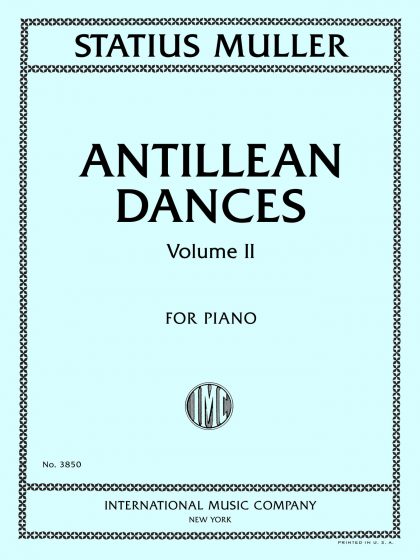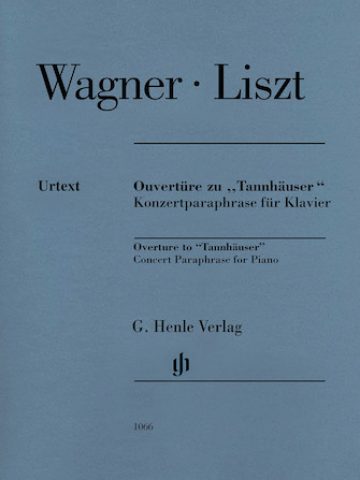Description
21 new piano compositions from the Curacaoan maestro.
Contents:
• Suite Pikiña (Waltz, Mazurka, Tumba)
• Ola Caribense
• La belle alliance
• Revueltas
• Robert Rojer
• El maestro
• Tumba corticu
• Tumba calypso
• Polka in F major
• Danza in C minor
• Danza in C sharp minor
• Bertha
• George
• Christa
• Leo
• Marie Lou
• Nic
• Een wals voor 50 jaar
• Te aworó
Also Available:
Volume I •
Volume II
About the Antillean Dances:
The dances for piano I have composed over a period of more than forty years are collectively named Antillean. They include waltzes, danzas, tumbas, muzarkas, calypsos, polkas, and rumbas, and now they number over one hundred. Fifty six have been record. The first six, all waltzes, were record by a local studio in Curaçao in 1951, and issued as Souvenir di Curaçao. These have been out of printed for a long time.
During my years of study at the Julliard School and when I taught at the Ohio State University, I often used my compositions as encores for my recitals. In 1960 IO switched to a career in government, which first took me back to Curaçao, then to the Netherlands, and eventually to NATO Headquarters in Brussels. Not until 1984 did an LP come out in New York on the Spectrum label, on which 25 of my compositions were recorded. This was the first time I called them Antillean Dances. In 1992 another 25 were issued on a CD produced by René Gailly in Brussels as Antillean Dances, opus 4. I figured tha the 78 rpm of 1951 should have been opus 1, the LP in 1984 opus 2, and a waltz I wrote for my wief, opus 3. Now, finally, a number of the compositions appear in print. Friends and aficionados, to whom I am grateful for their interest in my music, are no longer restricted to the few manuscripts I was able to send them.
Why do I call the dances Antillean? Well, I was bornn in Curaçao, the main island of hte Netherlands Antilles at the Southern edge of hte Caribbean, and in my compositions I use the rhythms of hte various dances that evolved in Curaçao and its sister islands, Aruba and Bonaire, during the second half of the nineteenth century. In a few instances, the rhythms hail from the different parts of hte Caribbean. Suchas is the case with the calypso, the Trinidadian topical ballad, which as been adopted by the entire Easter Caribbean and hence by the Dutch Windward Islands, St. Martin, Saba, and Statia as well. Incidentally, a rumba rhythm sometimes finds it way into my music, maybe as an acknowledgement of the debt all Antilleans owe to Cuba for the enrichment of their musical traditions. Once – when I thought I was composing a calypso – a Braslian maxixe is what came about. Still, the main rhythmic characteristics are those that stem from the island of my birth, Curaçao, the most “Curaçaoan” of the dances being the waltz, the tumba, and the danza.
–
Wim Statius Muller







Reviews
There are no reviews yet.